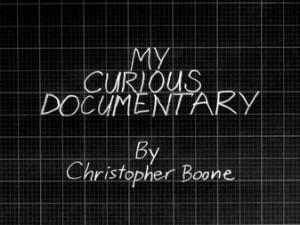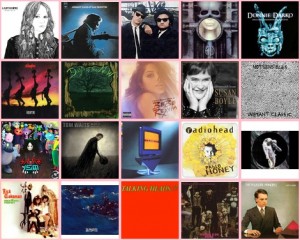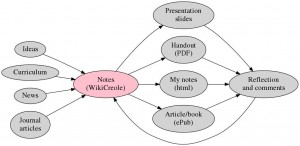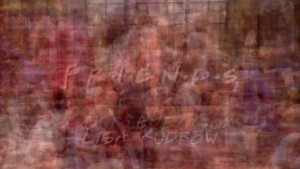(see the update to this post https://wordpress.stuartneilson.com/autism-in-print-news)
News media both reflect and shape perceptions about autism. As an overview of the portrayal of autism in the news, I have searched for articles about autism and provide a downloadable data file of the references with some categories that also appear in the article. Any feedback on making the file useful to other people would be most welcome. Please note that the text of the articles is not included.
 Christmas is one of the hardest times of the year for many people with autistic spectrum disorders. The combination of sensory exposure and social exposure can lead to sensory and emotional overload, often without the usual safe spaces to go and decompress because there are so many people present in the house. Equally, Christmas can be an opportunity to travel though some well-rehearsed and pleasing rituals with beautiful sensory experiences. I hate and love Christmas in equal measure.
Christmas is one of the hardest times of the year for many people with autistic spectrum disorders. The combination of sensory exposure and social exposure can lead to sensory and emotional overload, often without the usual safe spaces to go and decompress because there are so many people present in the house. Equally, Christmas can be an opportunity to travel though some well-rehearsed and pleasing rituals with beautiful sensory experiences. I hate and love Christmas in equal measure.


